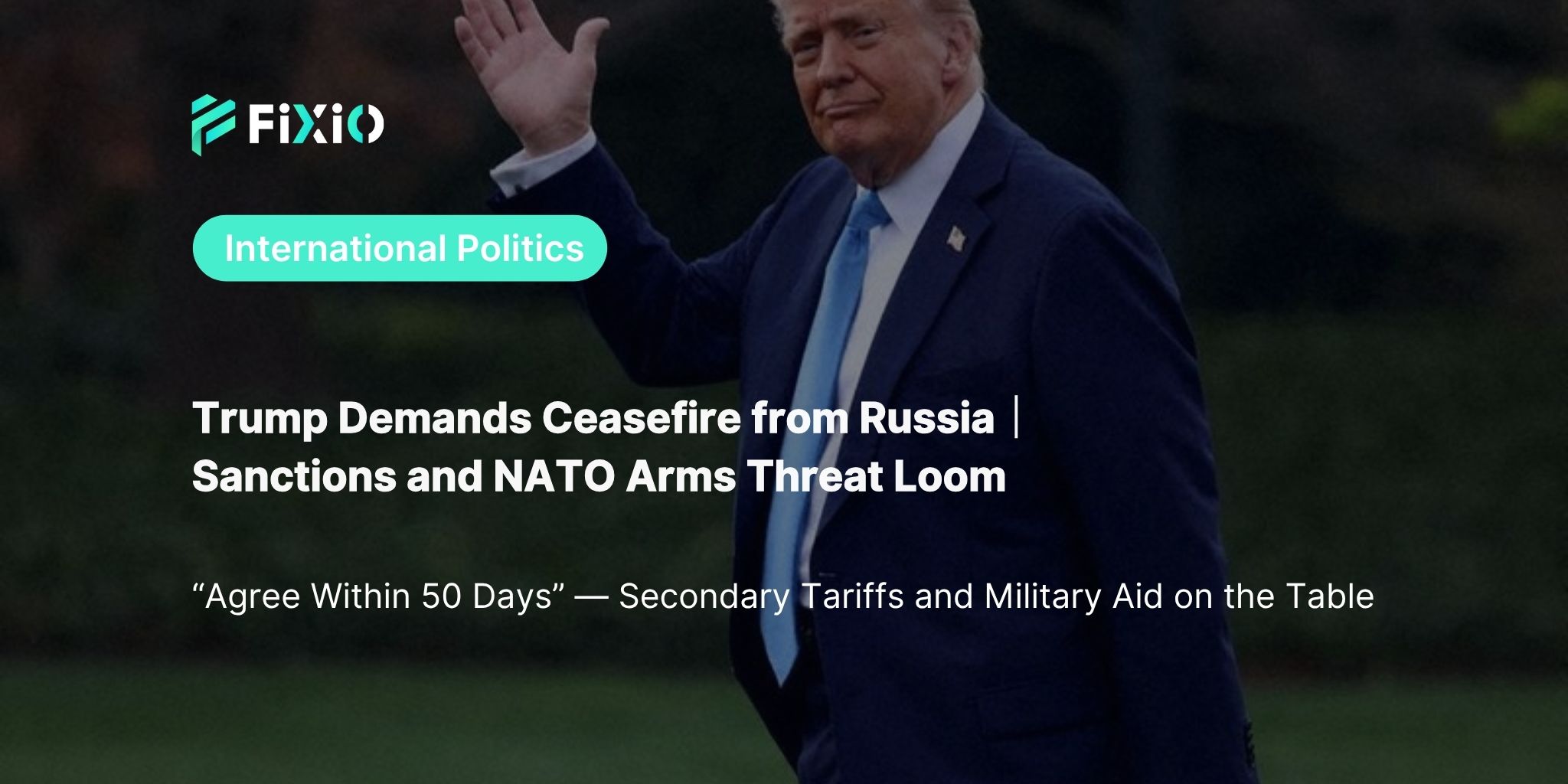
On July 14, 2025, President Donald Trump issued a strong warning to Russia, which continues its invasion of Ukraine, stating that if a ceasefire agreement is not reached within 50 days, new economic sanctions will be imposed. This marked the first time since his re-inauguration in January 2025 that Trump has taken a hardline stance on Russia, signaling a shift from his previous conciliatory approach. His remarks were made after a meeting at the White House with new NATO Secretary General Rutte.
The proposed secondary tariffs are not only aimed at direct imports from Russia, but also extend to third-party countries that purchase Russian products. This is a form of secondary sanctions, intended to expand pressure on the Russian economy globally. According to U.S. officials, the target countries include those purchasing Russian oil and gas, notably China, India, and possibly Japan.
Japan imports a stable supply of liquefied natural gas (LNG) from the Sakhalin-2 oil and gas development project in the Russian Far East. In 2024, approximately 8.6% of Japan’s total LNG imports — about 5.68 million tons — came from Sakhalin-2. If this project becomes subject to sanctions, it could severely impact Japan’s energy security. While the Japanese government has not issued an official response, energy companies and utilities are reportedly working on securing alternative sources to diversify risk.
In addition to diplomatic pressure, President Trump expressed his intention to accelerate arms support to Ukraine through NATO member states. This could lead to an expansion of support similar to that under the Lend-Lease Act. If military aid increases, it could influence Russian operations on the southern front and potentially shift the dynamics of the war.
Meanwhile, political developments have taken place in Ukraine. Former First Deputy Prime Minister, 39-year-old Svyrydenko, has been appointed as the new Prime Minister. Her appointment is expected to bring a fresh approach to ceasefire negotiations and post-war reconstruction planning.
The 50-day deadline set by the Trump administration is an unusually short time frame for international diplomacy. Depending on Russia’s response, there may be major consequences for the global economy and international relations. Financial markets, including energy, currency, and equities, are already reacting to the announcement, prompting investors and corporations to reinforce their risk management frameworks.
President Trump’s secondary tariffs and arms support strategy is a calculated move to exert real pressure on Russia and send a clear message to the international community. As countries like Japan rely on Russian energy, each nation now faces critical choices on how to reshape relations with Russia, balancing energy, security, and diplomacy.
This article is based on international reports, official statements, and government announcements as of July 15, 2025.
Geopolitical risks and foreign policies are subject to rapid change, and developments from national governments or global institutions may significantly alter the situation.
Especially regarding energy supply and international trade, readers should refer to official sources and expert analysis before making any decisions.
This article is for informational purposes only and does not intend to promote any political stance or investment decisions.
Superior trade execution & trading conditions with the NDD method.

The online FX industry provides a platform for investors worldwide to engage in the buying and selling.

Subscribe to our daily newsletter and get the best forex trading information and markets status updates
Trade within minutes!
Comment (0)